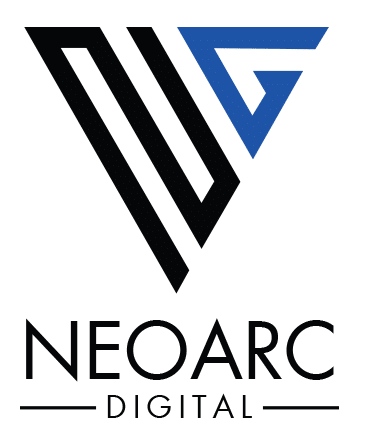Voice chatbots, leveraging advanced speech recognition and natural language processing (NLP) technologies, are rapidly transforming the landscape of customer service. As voice interaction becomes more integrated into customer service solutions, it presents unique opportunities and challenges. Let’s explore how these developments are shaping the future of customer interactions.
Opportunities
- Enhanced Accessibility
- Description: Voice chatbots provide an intuitive way for users to interact with technology, making digital content more accessible to people who may have difficulties with traditional written content, such as visually impaired users or the elderly.
- Impact: This accessibility significantly widens a company’s customer base and can enhance user satisfaction by catering to a broader demographic.
- Improved User Experience
- Description: Voice interactions are often faster and more convenient than typing queries. Users can speak naturally, making interactions feel more human-like and less robotic.
- Impact: This can lead to increased customer satisfaction and loyalty as interactions are perceived as more engaging and personalized.
- Efficiency in Handling Queries
- Description: Voice chatbots can handle multiple inquiries simultaneously, providing quick responses to common questions without the need for human intervention.
- Impact: This capability can significantly reduce wait times and free up human agents to deal with more complex issues, thereby increasing overall operational efficiency.
- Cost Reduction
- Description: By automating responses to routine customer queries, voice chatbots can reduce the need for large customer service teams.
- Impact: This can lead to substantial cost savings for businesses in terms of reduced labor costs and improved resource allocation.
Challenges
- Complexity of Natural Language
- Description: Understanding the nuances of human speech, such as accents, slang, and dialects, can be challenging for voice chatbots.
- Impact: Misinterpretations and errors in understanding can lead to frustration for users, potentially harming the company’s reputation.
- Privacy Concerns
- Description: Voice interactions typically require the collection and processing of personal data, which can raise privacy concerns among users.
- Impact: Businesses must ensure strict compliance with data protection regulations to build and maintain trust with their customers.
- Integration Issues
- Description: Integrating voice chatbots with existing customer service systems and ensuring they work seamlessly across various platforms and devices can be technically challenging.
- Impact: Poor integration can lead to a disjointed customer experience and limit the effectiveness of voice chatbots.
- Dependency on Technology
- Description: The effectiveness of voice chatbots heavily depends on the underlying technology, including speech recognition and AI algorithms.
- Impact: Limitations in current technology can restrict the functionality of voice chatbots, affecting their ability to handle complex interactions or understand diverse user inputs.




